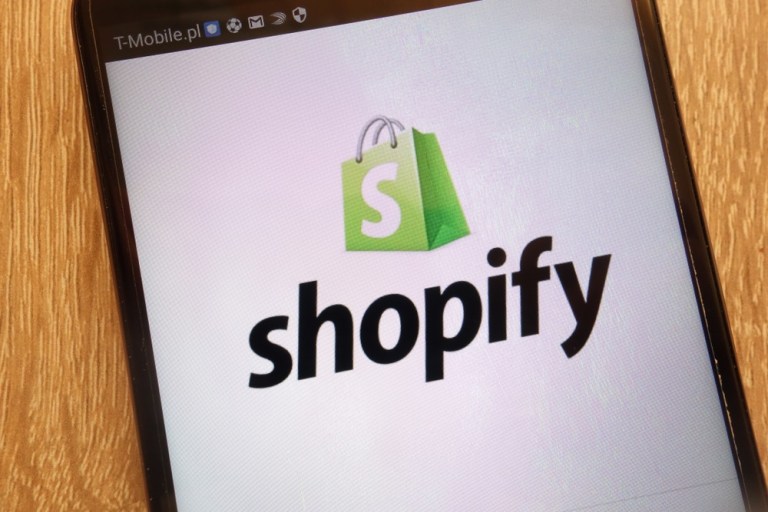In a blog post, the company said that in order to expand its business and reach more consumers, it is always looking at popular checkout options that are resonating with buyers. “By accepting Venmo directly in your online store, users can complete their purchase in just a few clicks. Giving customers a familiar way to pay can lessen abandoned eCommerce carts and increase sales for your business,” Shopify wrote in the blog post.
Venmo, which is owned by PayPal, is a mobile digital wallet that lets users split payments with other friends on Venmo or pay friends via the app. Venmo users can choose to share what they’re buying with their network, which can then view, comment on and like the purchases in their feed. According to Shopify it has become one of the most popular peer-to-peer (P2P) payment methods, especially with millennials, and it’s also being used by over two million U.S. retailers as a direct payment option. “Today 67 percent of purchases made on Shopify’s stores are on mobile, and with Venmo’s growing user base, impressive network effects and strong mobile adoption, this is a great new way to make it easy for your customer to buy,” Shopify noted in the blog post.
The addition of Venmo comes at a time when Shopify is seeing sales slow. In August it spooked investors by reporting 56 percent in gross merchandise volume (GMV) in Q2, compared to 64 percent in Q1. Investors worry Shopify’s slower growth might indicate that Adobe’s acquisition of eCommerce platform Magento is taking a cut out of Shopify’s business.
In May, Adobe entered into a definitive agreement to acquire Magento for $1.68 billion, subject to adjustments. Magento was expected to be added to the suite of digital products Adobe offers its customers, and, combined, they are seen as a competitive threat to Shopify. At the same time, however, Shopify beat estimates. The firm reported earnings per share (EPS) of $0.02 and revenues of $245 million, compared to analysts’ estimates of a loss of $0.03 per share and $234.6 million.
In terms of orders, Shopify chief operating officer Harley Finkelstein said in the company’s post-earnings conference call that the company hit a milestone: The 1 billionth order was placed on the platform. Commenting on the metric, Finkelstein said, “It took us more than 10 years to get to half a billion orders and just a fraction of the time to double it.”
Advertisement: Scroll to Continue

